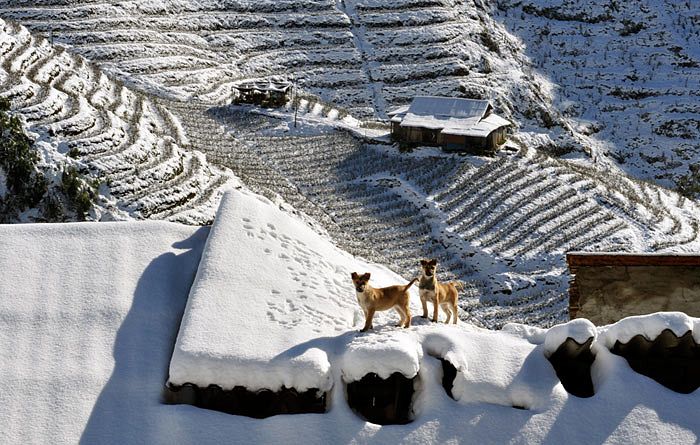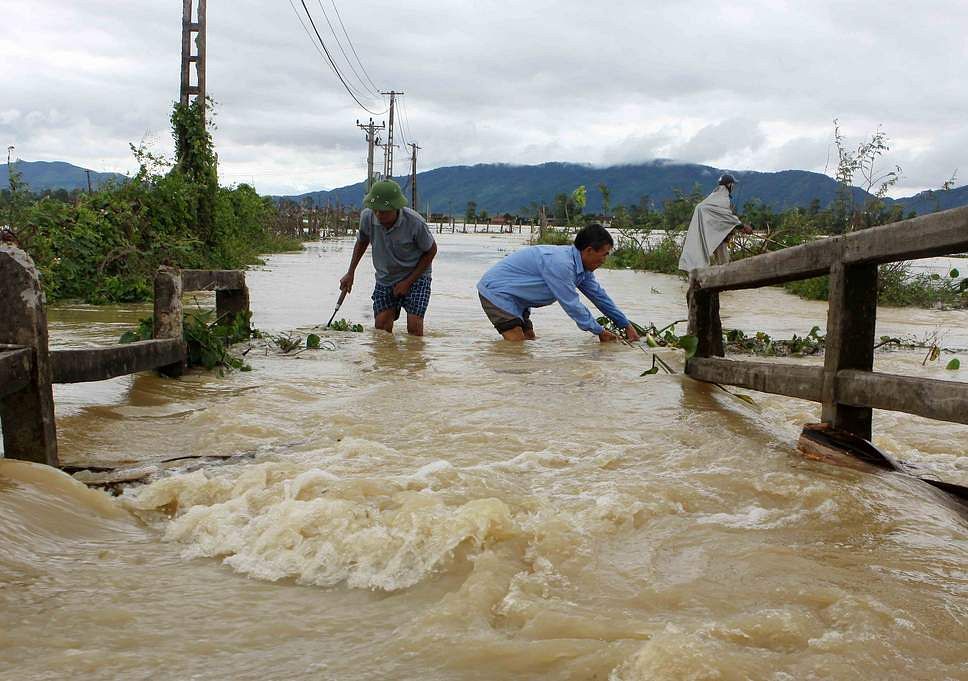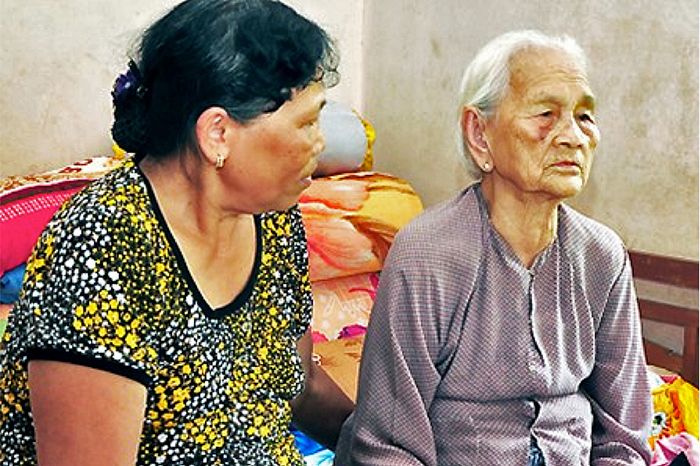As part of a greater emphasis on tourism, Hanoi’s Department of Tourism has begun offering training classes to residents of frequently visited areas in order to improve tour experiences.
The government has identified tourism as a key element of Hanoi’s economy, as reported by Vietnam News. Revenue from tourism since the start of the year was estimated at VND53 trillion (US$2.33 billion), according to the city’s tourism office, making it one of the largest contributors to the city’s economic development.
Nearly 18 million visitors arrived in the capital in the first nine months of 2017, a 22% increase over the same period last year. The city expects to receive 23.6 million visitors this year, including 4.3 million foreigners.
To most effectively take advantage of this boom, last year the Department of Tourism began offering three tourism-related classes for people in the communes of Ba Trai, Van Hoa and Ba Vi in the suburban district of Ba Vi. The classes provide training on the benefits of tourism and how to communicate with visitors, as well as information regarding environmental stewardship.
Vu An Dan, head of the Tourism Department at Hanoi Open University, said the classes will be particularly helpful if they improve industry standards of professionalism and encourage foreign language competence.
The classes reflect a larger government initiative to foster tourism, which includes recently passing a Politburo resolution on developing the industry. The resolution seeks to boost inter-departmental communication, motivate mass media support and rely on sector surveys to identify needs.
The government hopes increased investment in infrastructure like roads, railways and airports will support tourism. Leaders are also aiming to simplify immigration and investment laws.
In addition to the training classes, the Vietnam Fine Arts Museum, Centre of the Temple of Literature and Hanoitourist introduced a joint tourism product last week which allows visitors to take an excursion through the capital city that focuses on its historic culture of learning and appreciation for literature and art.
[Photo via Go Asia Travel]














